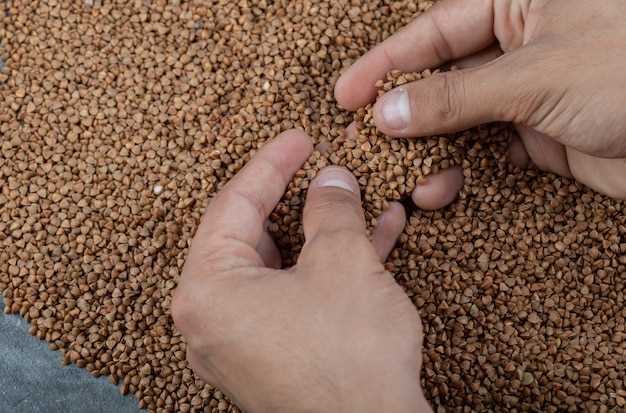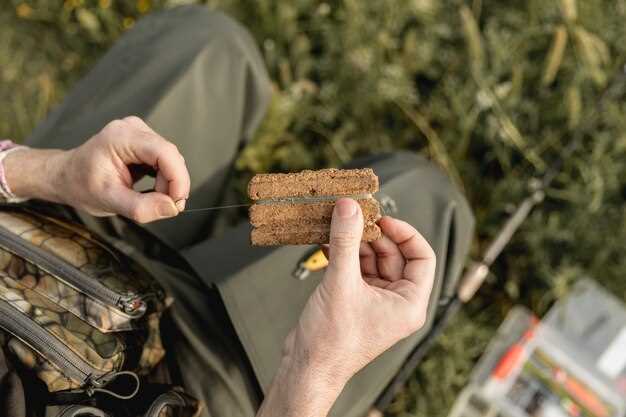
How to choose grain weight for your hunt

When preparing for a successful hunting trip, selecting the appropriate grain weight for your ammunition is crucial for optimizing performance and ensuring a humane harvest. The grain weight of a bullet significantly affects its impact, trajectory, and overall effectiveness in the field. Understanding how to balance these factors will enhance your hunting experience and improve your chances of success.
Different game animals require varying levels of force to ensure a quick and ethical kill. A bullet’s grain weight plays a pivotal role in determining how much energy it carries upon impact. Heavier bullets generally deliver more energy and create larger wound channels, making them suitable for larger game. However, lighter bullets can offer higher velocity and flatter trajectories, which can be advantageous for smaller animals or longer-range shots.
Choosing the right grain weight involves considering not only the type of game you are hunting but also your own shooting capabilities and preferences. Every hunter must assess the trade-offs between penetration, expansion, and speed of the bullet. This article will delve into the essential factors to consider when selecting grain weight, ensuring you feel confident in your choice and prepared for your next hunt.
Understanding Grain Weight and Its Influence on Trajectory

Grain weight refers to the mass of a bullet or arrow, measured in grains, and it plays a crucial role in determining the performance of your ammunition. The choice of weight significantly impacts trajectory, accuracy, and energy transfer upon impact, making it an essential factor in selecting the right grain for your hunt.
A heavier grain weight generally results in a more stable trajectory. This is due to the increased momentum it carries, helping to resist wind drift and maintain a straighter path over distance. Consequently, hunters seeking accuracy at longer ranges often prefer heavier projectiles, as these tend to perform better under challenging conditions.
On the other hand, lighter grains offer faster velocities, allowing for flatter trajectories in shorter distances. This can be advantageous when hunting in dense environments where shots are often taken quickly and within a limited range. However, the impact energy might be lower compared to heavier weights, which can affect the effectiveness of the shot on larger game.
Additionally, how grain weight impacts bullet drop is vital to understand. Heavier bullets drop less over distance, making them suitable for long-range shooting. In contrast, lighter bullets experience greater drop, requiring more compensation in sighting adjustments as the distance increases.
Ultimately, the choice of grain weight must align with your hunting style and target species. Understanding the influence of grain weight on trajectory will enable you to make informed decisions, enhancing both your accuracy and effectiveness on the hunt.
Determining Ideal Grain Weight for Various Game Types

When it comes to hunting, selecting the appropriate grain weight for your ammunition can significantly influence the success of your hunt. Each game type requires a specific impact force to ensure effective and humane harvesting. Understanding the ideal grain weight can be crucial in maximizing performance.
Small Game: For small game, such as rabbits or squirrels, a lighter grain weight is generally preferred. Bullets in the range of 40 to 60 grains provide sufficient impact while minimizing meat damage. The lighter weight allows for higher velocities, ensuring quick and efficient kills.
Medium Game: When hunting animals like deer or foxes, the recommended grain weight typically falls between 150 to 180 grains. This range offers a balance of stopping power and accuracy, ensuring that the projectile delivers adequate impact for a quick, humane kill. Choosing the right grain weight for medium game is essential to penetrating the animal’s hide and vital organs effectively.
Large Game: For larger animals, such as elk or bear, heavier bullets are necessary. Ammunition ranging from 200 to 250 grains is ideal in these scenarios. The increased weight enhances penetration and energy transfer upon impact, which is critical for ensuring a clean and ethical shot on larger game.
In conclusion, determining the ideal grain weight for various game types is paramount to achieving the desired impact and performance. Understanding the specific needs based on the size and type of game can significantly enhance your hunting effectiveness and ensure ethical practices in the field.
Matching Grain Weight to Your Firearm’s Specifications
Choosing the right grain weight for your ammunition is crucial for optimizing the performance of your firearm. Different firearms are designed to function best with specific grain weights, impacting accuracy, velocity, and overall effectiveness during a hunt.
Understanding Your Firearm is the first step. Each gun manufacturer provides specifications that often include the recommended grain weight for optimal performance. For example, a bolt-action rifle may perform well with heavier bullets, typically in the range of 150 to 180 grains, while a semi-automatic handgun might operate better with lighter options, around 115 to 147 grains. Disregarding these guidelines can lead to malfunctions and decreased accuracy.
Grain Weight and Ballistics play a significant role in determining how a bullet behaves once it is fired. Heavier grains tend to provide better energy retention and penetration, making them ideal for larger game. In contrast, lighter grains are usually associated with faster velocities, which can enhance accuracy over shorter distances. Understanding the ballistic trajectory associated with different grain weights can help you make informed decisions based on your intended hunting environment.
Additionally, recoil is another factor influenced by grain weight. A heavier bullet can generate more recoil, which might affect the shooter’s ability to maintain control and follow-up shots. Conversely, lighter bullets generally produce less recoil, making them easier to shoot accurately. Therefore, understanding your personal shooting comfort and controlling factors such as recoil is essential when selecting the appropriate grain weight.
Finally, consider testing different grain weights through live firing sessions. This allows you to observe firsthand how different weights perform in your specific firearm. Adjustments may also be necessary depending on factors like barrel length, twist rate, and overall firearm design. Developing familiarity with your firearm will ultimately guide you to the grain weight that best meets your hunting needs.




